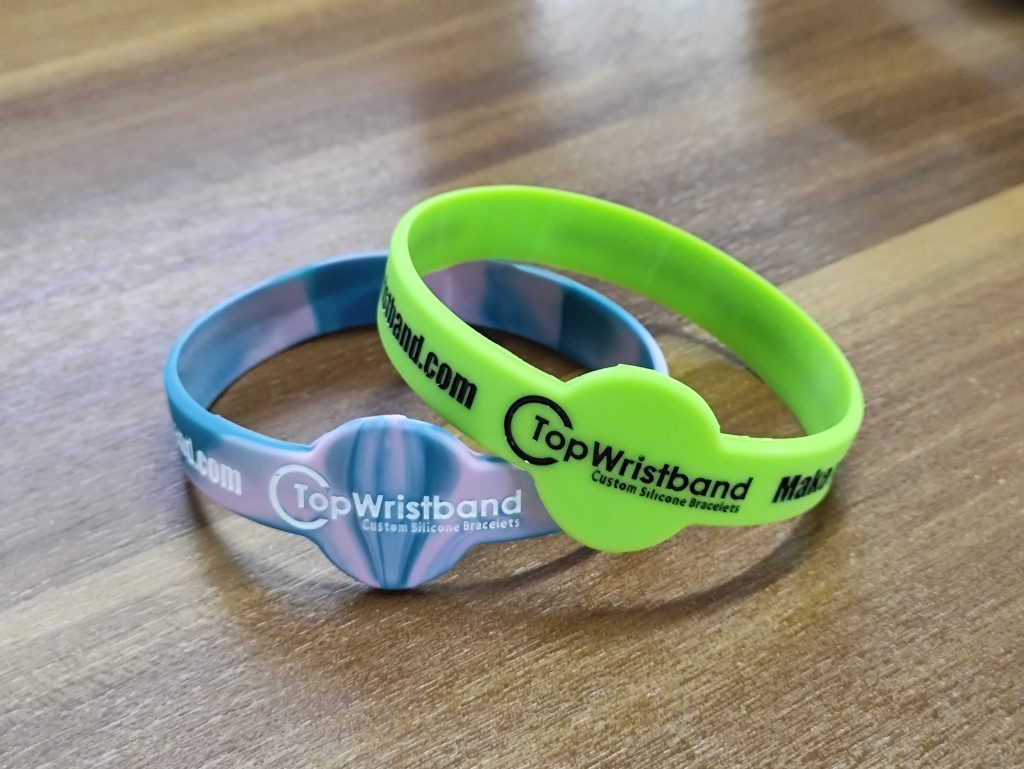Table of Contents
In our fast-paced modern lifestyle, we are constantly seeking new methods and technologies to enhance our productivity and efficiency. Among these, capacity management is a crucial element that involves effectively planning and utilizing our time, space, and resources. Recently, with the emergence of wearable devices, wristbands have entered the realm of capacity management tools. In this article, we will explore simple tips on effortlessly implementing capacity management using wristbands.
Integrating Wristbands into Capacity Management
Firstly, it is important to understand what a wristband is. In this context, wristbands refer to wearable devices that integrate advanced technology and smart functionality, rather than being mere decorations or sports equipment. These devices are typically equipped with various sensors, displays, and wireless communication modules, offering real-time information, reminders, and feedback by seamlessly connecting with our mobile phones and computers.
So, how do wristbands contribute to capacity management? As wearable devices, wristbands possess inherent advantages that assist us in managing our capacities effectively. They can continuously monitor our physical status, activity, and environmental information, providing personalized suggestions and reminders based on the collected data. For instance, if our schedule becomes too tight, wristbands can remind us to allocate our time properly to avoid overexertion, or if our space utilization is inefficient, they can prompt us to optimize the layout and improve space usage.

Selecting Suitable Wristband Devices
To implement capacity management through wristbands, it is essential to choose a device that suits your needs. With a wide range of wristbands available on the market, such as smartwatches and health bracelets, consider the following aspects when making a choice:
- Functional requirements: Select a wristband with relevant features that align with your capacity management needs. For example, if time management is crucial, choose a wristband equipped with schedule reminders and timers. If optimizing space is important, opt for a wristband featuring GPS positioning and step counting capabilities.
- Comfort: Since wristbands are worn for extended periods, prioritize comfort. Look for wristbands made from soft materials that are lightweight and breathable, ensuring a comfortable experience.
- Compatibility: To ensure seamless interaction with other devices, choose a wristband with good compatibility. For instance, if you use an Android phone, select a wristband that supports Android.
- Battery life: The battery life of the wristband directly impacts usability. Prioritize a wristband with a long standby time and fast charging functionality.

Simple Techniques for Capacity Management with Wristbands
Once you have chosen a suitable wristband device, you can begin utilizing it for capacity management. Here are some easy tips:
- Set schedule reminders: Utilize the wristband’s reminder function to manage your time efficiently. Add important daily tasks and to-do items to the schedule on your wristband, setting reminders to ensure no essential duties are missed.
- Utilize the timer function: Wristbands often feature a timer function that can assist in planning and organizing your time effectively. For example, while working or studying, set a timer for 25 minutes, dedicated to completing a task. After the timer goes off, take a 5-minute break before starting the next timing cycle. This technique, known as the Pomodoro Technique, enhances productivity and concentration.
- Monitor physical status: Wristbands offer real-time monitoring of physical aspects such as heart rate, blood pressure, and sleep quality. By paying attention to this data, you can gain a better understanding of your physical condition, ensure appropriate work and rest periods, and prevent excessive exertion. Furthermore, if any abnormalities are detected, the wristband will notify you to seek immediate medical attention.
- Track activity data: Many wristbands include functions such as step counting and movement tracking. By collecting and analyzing this data, you can gain insights into your activity levels and exercise habits, enabling you to schedule exercise time and intensity strategically. This not only promotes a healthier lifestyle but also enhances space utilization.
- Set personalized goals: Use the data statistics and analysis functions on your wristband to establish customized capacity management goals. For example, set daily step count targets and working hours, adjusting your behavior and plans based on real-time monitoring and feedback from the wristband.
- Utilize voice assistants: Numerous wristbands incorporate voice assistant functions like Siri and Xiaoai. Through these assistants, you can use voice commands to check the weather, set alarm clocks, send text messag
- es, and more, without needing to operate a mobile phone or computer. This enhances efficiency and safety, especially while driving or walking.
- Set priorities: By utilizing the reminder function on your wristband, you can prioritize tasks effectively. Set high priority for crucial and urgent responsibilities, scheduling more frequent reminders. Conversely, set low priority for unimportant or non-urgent tasks, reducing the number of reminders. This enables better allocation of time and energy to prioritize essential matters.
- Cultivate good habits: Finally, leverage wristbands to develop beneficial habits for capacity management. Set fixed daily exercise and reading times, utilizing the reminder function to motivate yourself to adhere to these routines. Over time, these positive habits will seamlessly become part of your lifestyle, assisting in better time, space, and resource management.

Summary and Future Outlook
From the above analysis, it is evident that wristbands, as a new category of wearable devices, offer immense potential and advantages in capacity management. By selecting the appropriate wristband device and mastering a few simple techniques, managing capacity and enhancing efficiency and productivity becomes effortless.
Looking ahead, as technology advances and wearable devices continually evolve, wristbands are expected to play an increasingly vital role in capacity management. Future wristbands may offer more powerful functionalities, smarter algorithms, and a wider range of application scenarios, providing a more convenient and personalized capacity management experience. Let’s eagerly anticipate what the future holds!
Click here for more information about wristbands: https://www.topwristband.com
Reference Website:https://www.pdc-big.com/blog/6-simple-ways-to-tackle-capacity-management-with-wristbands



